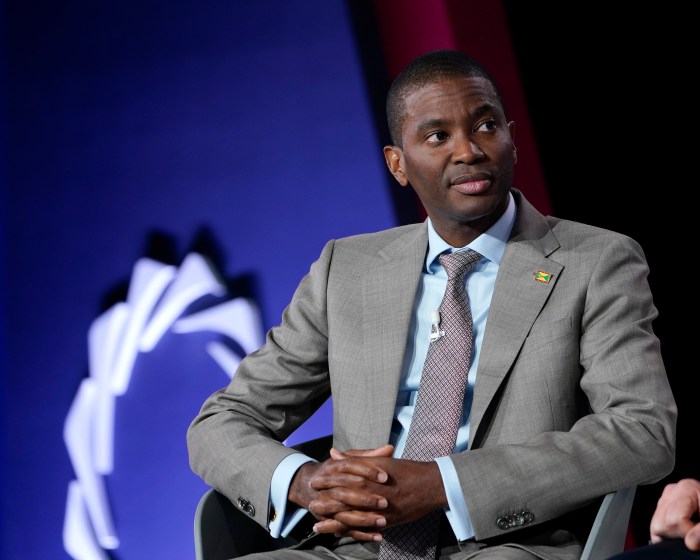Barbados is on course for a flat economy this year but has begun to increase net foreign reserves and register gains in revenue while reducing public debt, positioning the island for a 1.75 percent growth in 2020.
Such is the forecast based on performances for the first nine months of 2019, which overall reflect stabilisation of a downward spiralling economy, setting the base for an upward movement going forward.
“We have made an encouraging confident start to what is a difficult challenge. However, we must not become complacent, as unfavourable global economic developments can easily undermine our efforts,” warned Central Bank Governor, Cleviston Haynes as he delivered an economic report for the first nine months of the year.
“We have made sufficient progress to suggest that we are moving in the right direction. What I would say more generally is that we always have to remain focused on where we are at, and if we need to make adjustment at any point we need to make those adjustments.”
Though Haynes was reporting for the island’s nine-month performance, the island’s fiscal year begins on April 01 of the calendar year.
So, he reported that for the fiscal period April to September revenue gains went up nine per cent, while non-interest expenditure fell by 0.8 percent during that same period.
On the calendar year measurement he indicated that for the first nine months of the year the international reserves stood at $611 million that equates to 15.6 weeks of import cover for essential goods and services, while the debt-to-gross domestic product (GDP) ratio was down to 121 percent of GDP, which included arrears on external debt.
On reflection these figures are significant markers on recovery.
When the current administration took office in May 2018, the international reserves stood at the dangerously low level of $220 million, which limited government’s ability to import essential goods and services to a few weeks, way under the international threshold of 12 weeks. That status held a threat to devaluation of the dollar.
Back then debt-to-GDP ratio that reflects the country’s overall debt compared to gross domestic product was at 155.
Revenue overall increased by nine per cent during the first six months of the current fiscal year, and non-interest expenditure fell by 0.8 per cent during that same period.
Haynes noted that Barbados, “continues to reflect strengthening of the public finances, reduced public sector indebtedness and a steady improvement in holdings of international reserves”.
For this reason and despite of the flat trajectory for 2019 the Central Bank Governor was upbeat on the 2020 outlook that hinges mainly demand for tourism services and the pace of investment activity, both of which have promising indicators.


























